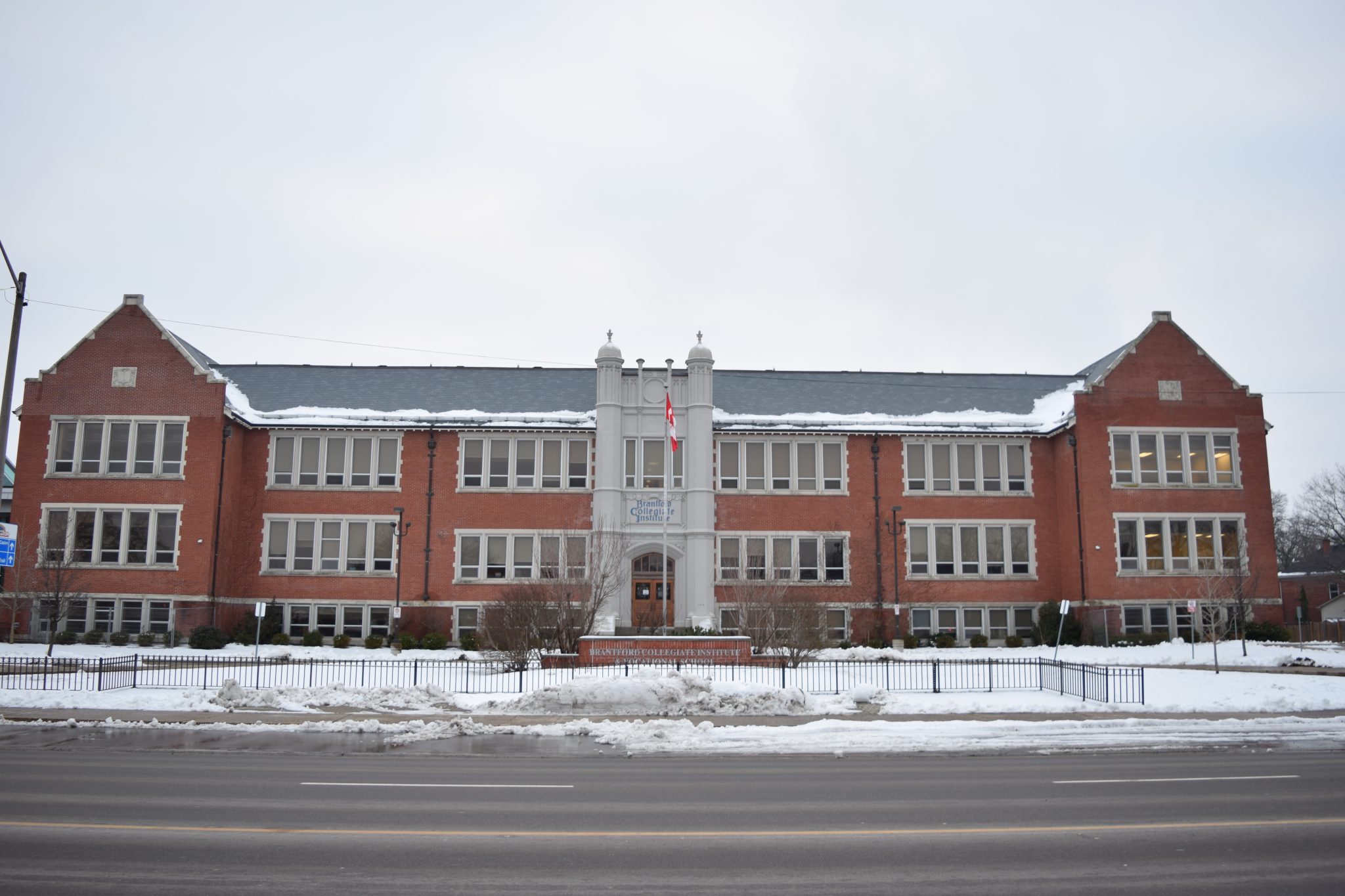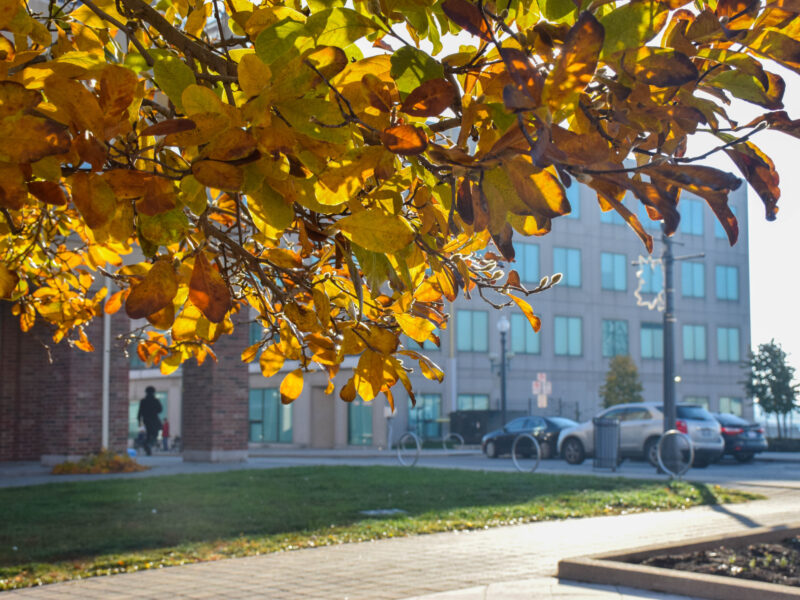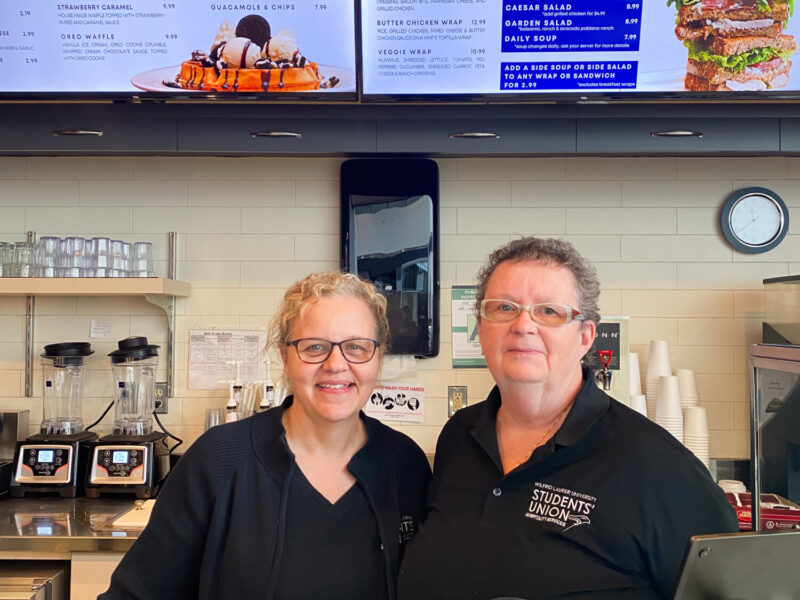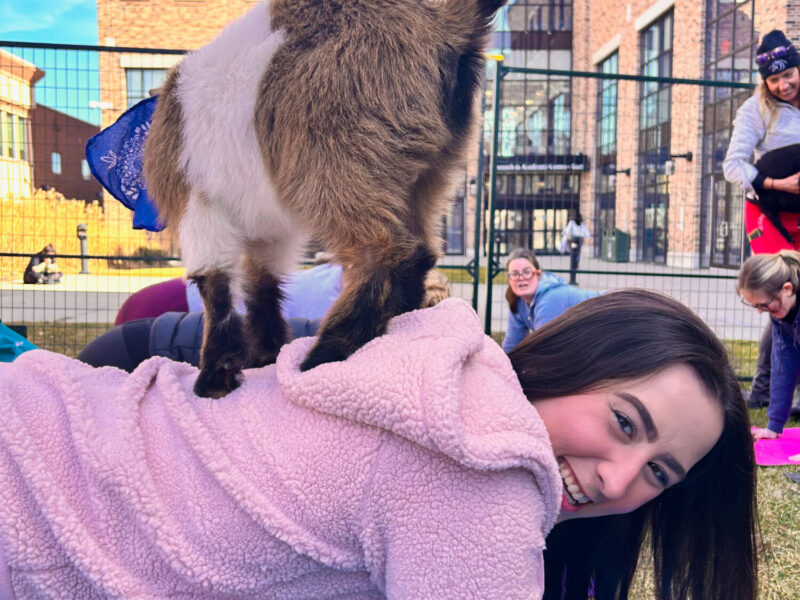PHOTO BY VARSHA SRIGANESH /THE SPUTNIK PHOTOGRAPHY
Ashleena Bilal is finding it difficult to navigate post secondary options remotely.
The grade 11 student at Craig Kielburger Secondary School, in Milton, Ont., is one of the many high school students who have started thinking about what life after graduation may look like amidst the pandemic.
With public health restrictions forcing most universities to operate remotely, post secondary students are relying mainly on virtual resources to guide their final decision.
“Because these options are kind of limited to just online and not all of us are used to doing every single thing online, it’s kind of intimidating and also kind of inconvenient in a sense as well, because you finish school and then you have to join another call just to learn about different colleges,” said Bilal.
Although the option to bring back in-person events remains ambiguous in the foreseeable future, many colleges and universities have been working to overcome the restrictions of online environments to provide potential students with accommodating and accessible online resources to help them make decisions about life after high school.
Craig Chipps, manager of Canadian student recruitment at Laurier, notes that the focus within the department of Admissions and Recruitment has shifted to virtual engagement in light of the pandemic.
Although students can no longer visit campus in-person, virtual reality campus tours are available on the virtual laurier experience website for both the Waterloo and Brantford campuses.
These tours allow prospective students to visit different spaces on campus from the comfort of their homes and view a 360 panoramic view of different spaces. There are also push pins within the tour that take viewers to a photo gallery of specific areas on campus, such as a student lounge. Written descriptions are available to provide context on different parts of the tour.
In addition to these remote tours that are available for students to explore independently at any time of day, Admissions and Recruitment also offers guided virtual tours, where student ambassadors walk the audience through the virtual reality tour and give voice to the content.
There tends to be a question-answer component to these virtual tours, where ambassadors point out highlights of the campus while answering questions.
Chipp notes that there is more interest on the part of their audience to do larger webinars. A virtual tour webinar was done once a week for the first two weeks of December, and over fifty families joined in for their virtual tour. The webinar is more question and answer orientated, but ambassadors give the highlights of campus while answering questions
Outside of virtual campus tours, Laurier open houses have also transitioned to offer remote programming. Typically, in-person open houses would occur in the early weeks of November for both campuses.
On November 9, the university launched 70 informational videos for every single academic program at Laurier. This content remains available for prospective students to view at any time.
Although the on-demand content is a starkly different approach to open houses in previous years, Chipp said the accessibility of information has greatly improved.
“Our old open houses were one-day, seven-hours of a day as an event, whereas now, our open house, with all this information and on-demand videos is available for the better part of three months, twenty-four hours a day,” he said.
There are also concerns about how the shift to a remote environment took away the opportunity for many prospective students to speak separately with faculty and current students at the ontario university fair, or in-person open houses.
In order to overcome this obstacle, Admissions and Recruitment ran three virtual events of Open House Live Nights during the fall term.
These events lasted two hours each in the evenings. During the event, students were given the opportunity to speak with representatives from different programs in video chat rooms about any questions they had. 27 video rooms ran concurrently, allowing visitors to pop in and out of rooms to explore different areas of interest.
For senior high school students, these programs provided insight and information to help them make an informed decision about which university to attend in the coming September. However, Admissions and Recruitment also continued programming towards other audiences as well.
The academic outreach program connects Laurier representatives with high school students who are typically in grade 11 to enrich their curriculum and get students connected with the university through faculty members.
In previous years, students would come to Laurier as part of the outreach program. This year, the program is operating remotely, which Chipp said allows the university to connect with schools further from campus through the program.
Although the pandemic has shrouded the coming academic year uncertainty, Admissions and Recruitment will continue to support prospective students in the winter term as the offers continue to be sent out and acceptances are confirmed.




